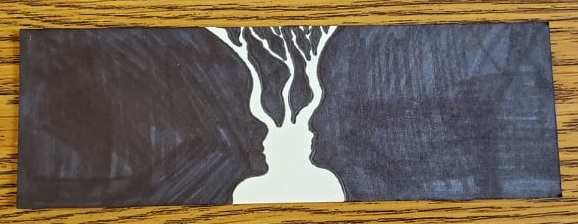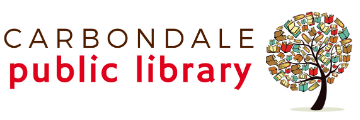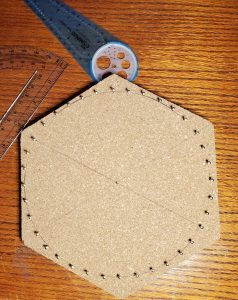Workshop 1: Cardioid Pattern String Art!
Get to the heart of mathematics with cardioid pattern string art!
Videos
Visualizations
Workshop 2: Tessellation Sensation!
Play with positive and negative space and find out what shapes tessellate!
Warm Up Activity: Ambiguous Bookmarks




Take a look at the images above. What do you see? Do you see a face? A vase? A couple of faces? Now that I’ve made those suggestions, are you switching between them? Which one is the ‘correct’ image?
Well, as you might have guessed, both are ‘correct’, but your perception of them is probably a bit mixed. This adapted illusion is known as the ‘Rubin Vase’, created by Edgar Rubin in 1915. It is an example of an ambiguous bi-stable image, meaning it has two different states, face or vase. Images like this have been used in perceptual experiments for years. What can these images teach us about the brain?

Note: We found that cutting a template wasn’t needed! You can draw your design with pencil right on the bookmark and then shade it in with the marker.
READ MORE: United Academics Magazine – “Optical Illusion: Can You See Vase and Faces Simultaneously?”
Tessellation Pattern Creation
Tessellations can be a great example of art that use positive and negative space as part of their composition.
A tessellation is a pattern made of one or more shapes that fit perfectly together, without any gaps. If your home has any square flooring, that is a type of tessellation. Look around your home, what other tessellations can you find?
Among the earliest examples of tessellation are wall decorations crafted by the Sumerians around 4000 B.C. And it’s still used today! M. C. Escher is a famous modern example of an artist who uses tessellation.





Videos
Online Tessellation Generators
Questions?
Get in touch with Liz, PNG Director:


